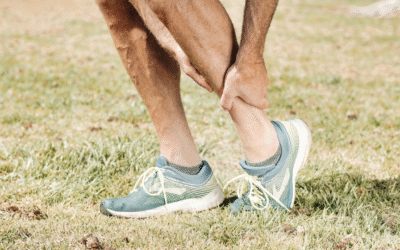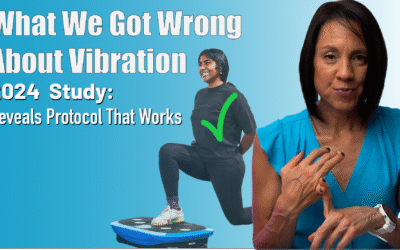A common goal after a stroke or a brain injury is to regain “normal walking”. However, this goal is not limited to just those who have suffered a stroke. I dare say it is the number one goal of almost everyone who has suffered an injury to their neurologic system. And I get it. Walking is freedom. Putting one foot in front of the other (successfully) allows you to do the things that bring life meaning and purpose. But what if you have already met this goal? Maybe your goal is to go further and walk without an assistive device? Or, maybe your goals is to get rid of…………that “thing”………
Do you feel your walking is abnormal?
If this is you, you know what I mean. YOU know what that “thing” is. That “thing” you call a “peg leg”, a “lead weight”, or your “frankenstein (gait)”. Now, I can’t forget about those of you who have done your research. You all have given your “thing” a much more “classy” name. You might refer to your “thing” as “foot drop”, “knee recurvatum”, “trendelenberg gait”, or “a weak glute max”…..etc. Whatever the case may be, it feels wrong and unnatural. And I know, you want nothing more than to fix it. The good news is I am here to help.
You all were actually the inspiration behind this next installment in an entire series on how to re-learn how to walk after a stroke or a brain injury. In this post we are going build on what I started in the post on “walking after stroke in the early stages”, and “walking after stroke in the intermediate stage“
As if the title didn’t give it away, we are now moving on to the “advanced” stage in the progression.
What does it take to learn to walking (properly)?
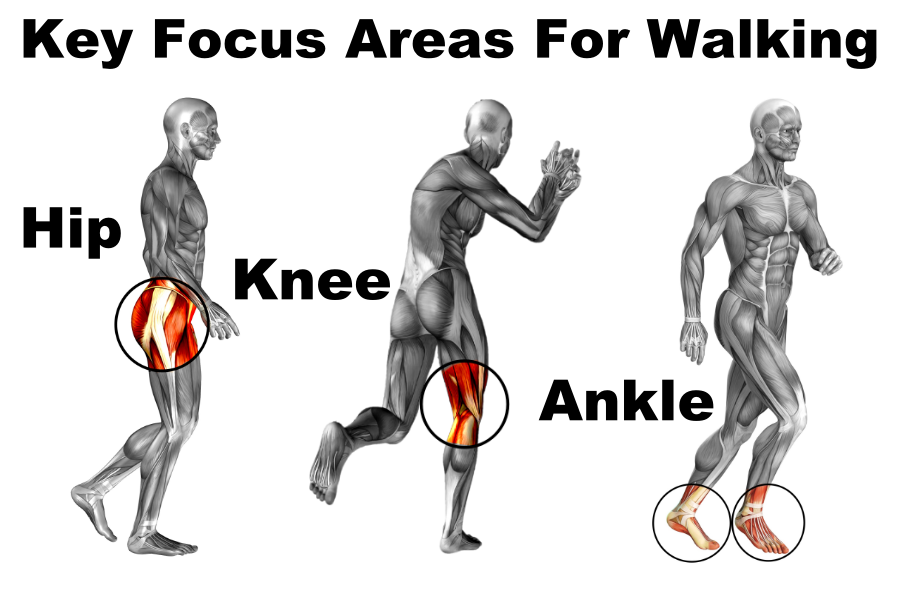
To “normalize” walking, it is important to continue to focus on three key areas of the body. The hip, knee, and ankle. At each of these areas it is critical that you have full motion, and adequate motor control (muscles can generate appropriate force and coordinate muscle activation with other muscles). I have covered these extensively in the prerequisite blogs, the early stage and intermediate stage of walking.
To build on the aforementioned early and intermediate progressions, we are going to start to incorporate developmental patterns, and higher lever stance control (the ability to stand on the involved leg).
Using Developmental Patterns For Normal Walking
Developmental patterns are “movement milestones” that we learn during normal development. For example, rolling, crawling, kneeling, and half kneeling (kneeling on one knee). After damage to the brain, it is beneficial to revisit some of these patterns during the recovery process. There are two benefits to developmental patterns.
FIrst, they can help to inhibit abnormal synergy patterns. For example a common (abnormal) synergy pattern is extension. In this abnormal pattern, the knee, and hip tend to straighten at the same time and the foot has a tendency to point. This pattern does not and should not occur during any phase of the walking cycle. So needless to say, we need to start addressing this to “normalize” your walking pattern. We can do this by starting to implement developmental patterns.
Second, you are closer to the ground so in many cases the body is more relaxed and you can focus on some of those key body areas mentioned above.
In this progression, we are going to add tall kneeling.
Tall Kneeling
Tall Kneeling Exercise #1
The starting point is to learn how to get into this position and maintain this position holding on to something for support.
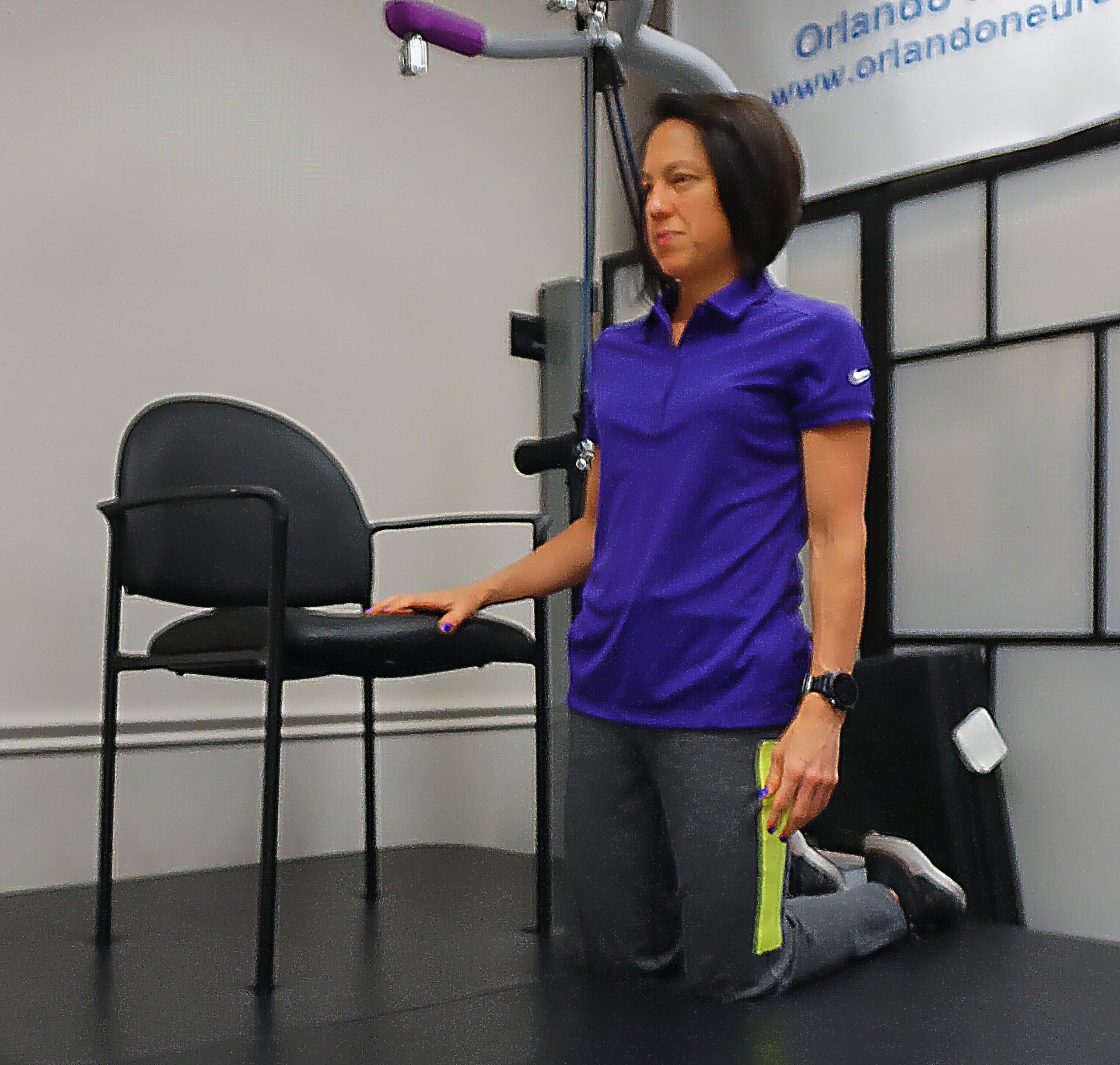
Tall Kneeling Exercise #2
Once you feel comfortable in this position, the next step would be to work straightening the hip (hip extension). This is probably one of the most important “motor control components” of walking. The goal of this exercise is to relearn how to straighten the hip without also straightening the knee. To perform this exercise, start with your hips flexed (see image), and try and come up to the tall kneeling position without pulling up with your arms. make sure that when you perform this movement, you do not shift your body weight over your stronger leg. A mirror is helpful to make sure your body weight stays centered over you knees.
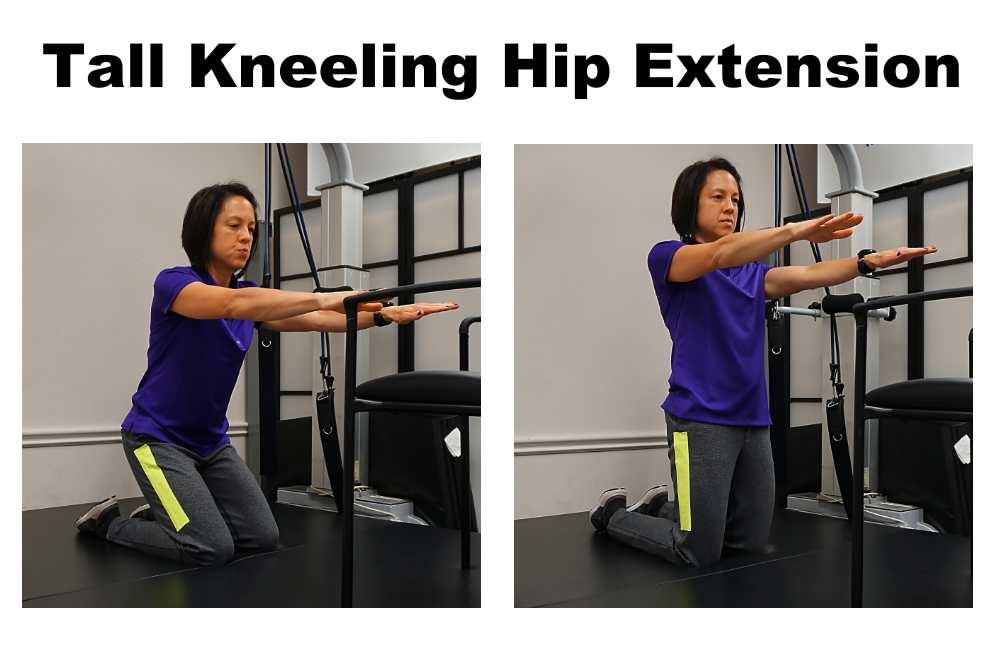
Tall Kneeling Exercise #3
Once you can perform tall kneeling with hip extension, you can add an arm raise straigth up toward the ceiling or an arm movement on a diagonal pattern. Adding the arms helps to start to “simulate” normal walking since we naturally move our arms when we walk. The diagonal patterns (shown in the intermediate progression in sitting) also helps to simulate a more natural “walking body motion”.
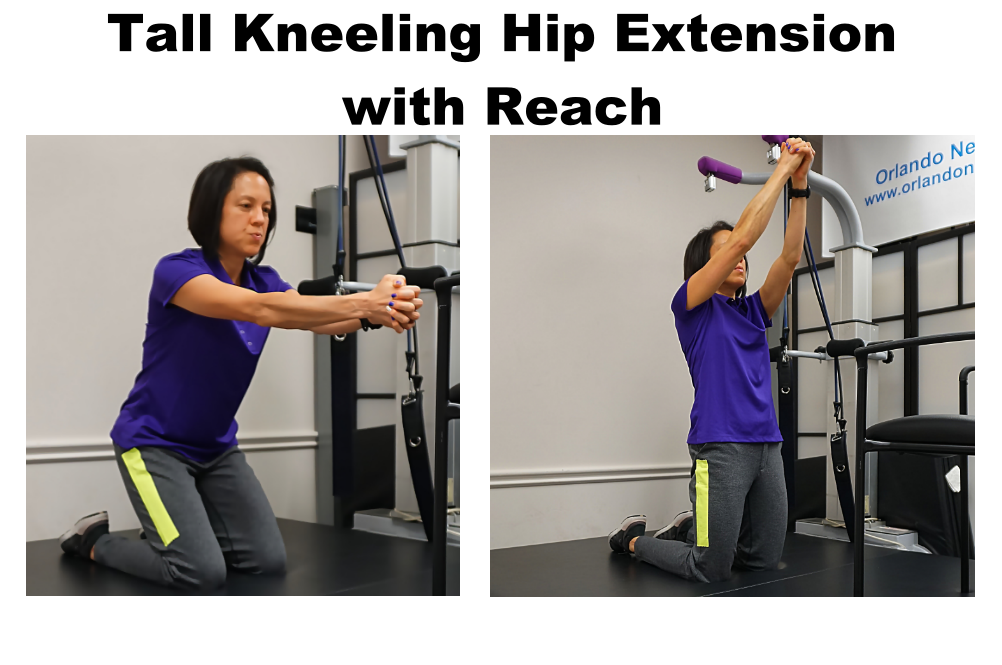
Improve Hip and Knee Control To Regain Normal Walking
Hip and knee control are essential to standing and walking. Sit to stand is a great way to develop this control. In this stage of the progression we are advancing this activity by moving down to a lower surface. Therefore it might be better to call this next exercise more of a a “squat” to stand. By going down to a much lower surface the hip and knee has to generate a TON more power to get up. At this height, the hip, knee, and ankle also need to work together (another critical component of walking).
Squat to Stand
Squatting to standing is the next progression in the sit to stand component of this series. In the intermediate progression we started from a standard height chair. The benefit of dropping down to a lower surface helps to eliminate compensating with your strong leg. Because let’s face it, most of us do not have the leg strength to get that rump up with just one leg. ? ?
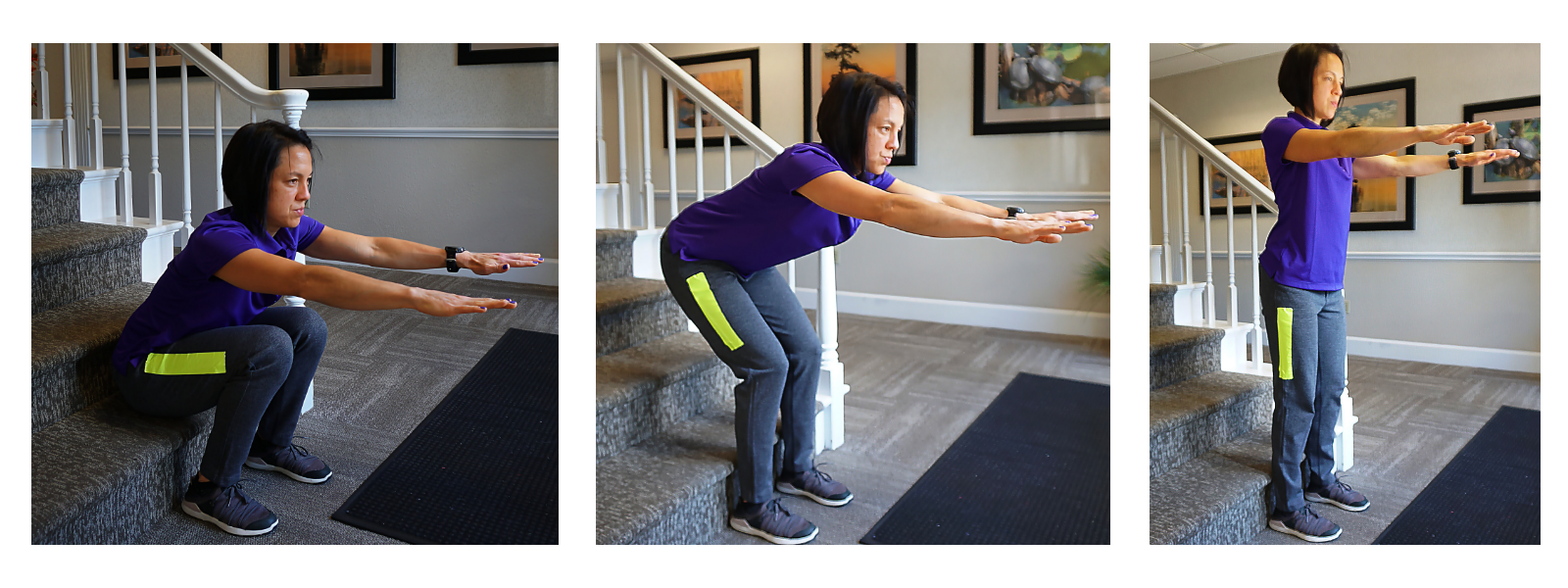
Sit to Stand with Single Leg Bias
The next progression would be to return to the single leg bias exercise we started in intermediate phase. This time, again, you are gong to drop down to a lower surface. The thing I like about the stairs is that you have to keep the strong leg so far out in front (see image below) it is near impossible to use it to assist with this movement. ? Yes, I call that a little “therapist trickery” ?
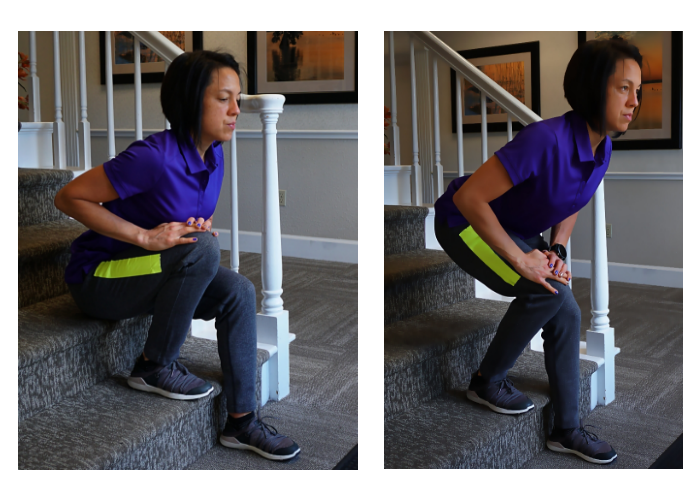
Standing and Stepping Exercise to Regain Normal Walking after a Stroke
The previous progression included some activities to start learning how to unload the uninvolved leg. Thus increasing demand on the involved leg. This progression is intended to build on that by fulling unloading the involved leg. With that being said, this exercise is NOT the best exercise for anyone who does not have the strength in the involved leg to support their body weight. It is also not ideal for anyone with a severely supinated foot.
In these cases the best exercises are in the early and intermediate walking progressions.
However, if you have adequate control in the leg, this is a great set of exercises.
Standing with Weight Shift
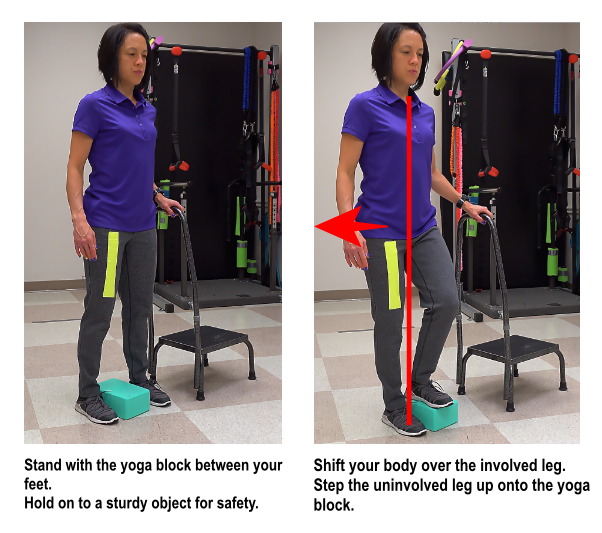
Standing with a Forward Step
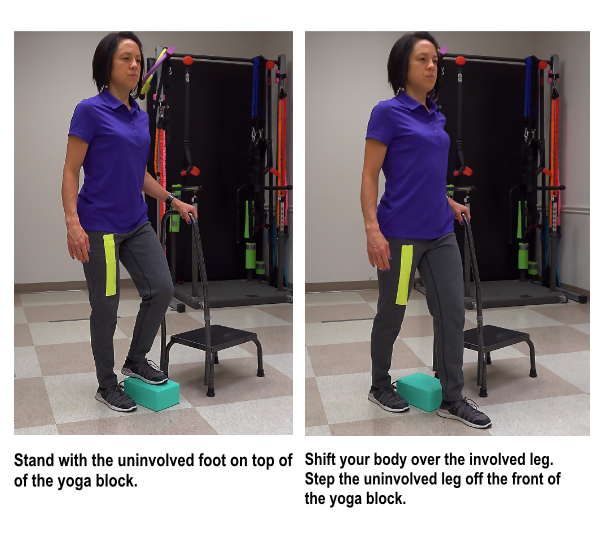
Exaggerated Stepping

Other Articles You May Be Interested In:
Spasticity or Weakness? Understanding Your Stroke Symptoms
How Can You Tell If It’s Spasticity or Weakness After Stroke? https://youtu.be/3QR9D4rBNhc If you’ve had a stroke, you’ve probably heard a few of these words tossed around: spasticity, weakness, stiffness, foot drop. They might all sound similar, but they each tell a...
Master Ankle Mobility: Exercises for Better Walking
Ankle Mobility Exercises to Boost Balance and Walking Ankle stiffness is one of the most common issues people face after a stroke or any neurologic injury. It can make walking harder, cause your toes to catch, or even affect your balance. But here’s the thing,...
New Study: Vibration Plates Boost Balance After Stroke
It Just Vibrates… So Why Are Stroke Survivors Getting Better? The Truth Behind the Research https://youtu.be/GZgGsMjEgJQ When vibration plates first became popular, they reminded many of us of those old 1980s machines that promised to "shake" the fat away. Naturally,...
Why Eccentric Control Might Be the Missing Link in Your Stroke Recovery
Why Eccentric Control Might Be the Missing Link in Your Stroke Recovery After a stroke, movement rarely returns the way we’d like. Instead of smooth, controlled motion, you get stiffness... or those annoying synergy patterns—where every muscle seems to fire at once....
Why Plyometrics Matter After Stroke (Even if They Sound Scary)
Why Plyometrics Matter After Stroke (Even if They Sound Scary) Let’s start with the obvious: The word "plyometrics" sounds like something reserved for athletes, not stroke survivors.But stay with me—because if you’re in the later stages of recovery, this could be the...
How to Fix Knee Buckling Post Stroke
Why Your Knee Buckles—and How to Regain Control Say Goodbye to Knee Giving Way and Hello to Confident Walking https://youtu.be/wNZxiTXTz7QWhat Is Knee Buckling? Knee buckling refers to a sudden, unexpected loss of stability in the knee joint, often described as the...
Understanding and Fixing Leg Cramps Post Stroke
Clonus Explained: What It Is, Why It Happens, and What You Can Do About It Stop Letting Leg Cramps Slow Your Recovery https://youtu.be/fGNGXoMSvT4 Can Clonus Affect the Way You Walk? Absolutely—Here’s What You Need to Know Have you ever felt your foot suddenly...
Why Does My Leg Flop Out When I Walk After a Stroke?
Why Does My Leg Flop Out When I Walk After a Stroke? You know the feeling.You’re walking. Or trying to walk. And then your leg just… flops out to the side.You try to correct it, but it keeps happening.Frustrating, right? Let’s break this down.You’re not alone, and...
How to Fix An Abducted Gait
Reclaim Your Stride: Fixing Abducted Gait After Stroke https://youtu.be/VGvg5qeLmy0 Recovering from a neurological injury can affect your walking pattern, one of which is the "abducted leg walking pattern." In this post, we'll cover what it is, its causes, and how to...
How to Fix a Trendelenburg Gait
Why Your Hip Drops When You Walk : How to Regain Stability https://youtu.be/37akItHE9mcHave you ever noticed that one side of your hip drops lower when you walk? Maybe someone pointed it out, or you feel off-balance or unsteady when taking steps. This could be a sign...

